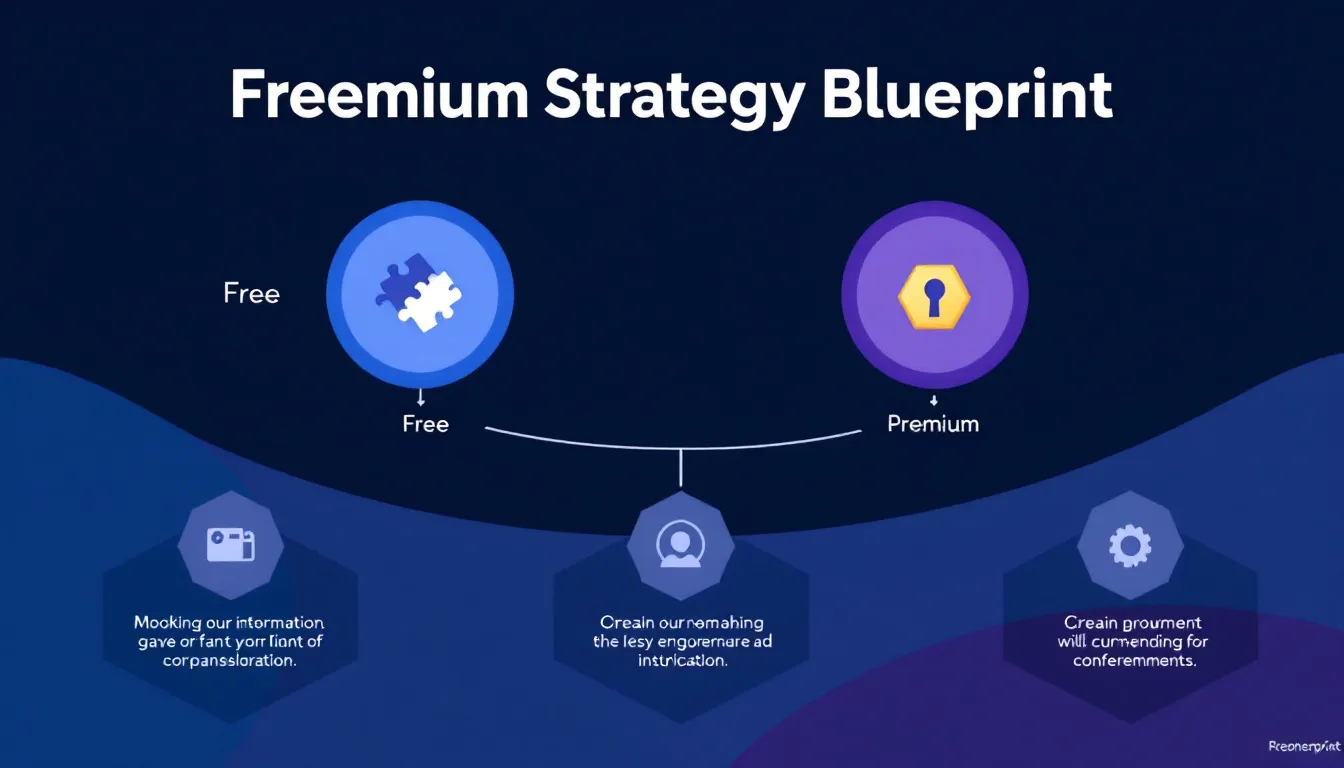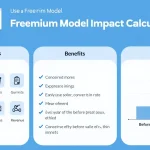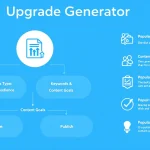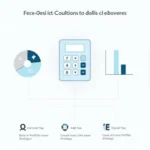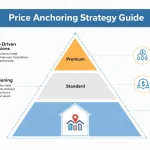Freemium Pricing Strategy Generator
Generating strategy...
Is this tool helpful?
How to Use the Freemium Pricing Strategy Generator Effectively
Follow these clear steps to get the most from this freemium pricing strategy generator and build your pathway from free users to paying customers.
1. Define Your Product or Service
Enter a precise description of your product or service, focusing on its main purpose and unique qualities. Here are two examples to guide you:
- Example 1: “Cloud-based invoice automation software for small businesses”
- Example 2: “Online meditation platform with guided sessions and mindfulness tracking”
2. List Free Tier Features
Describe the core features you plan to offer at no cost. These should add real value while encouraging users to upgrade. You might consider:
- Example 1: “Limited invoice templates, basic reporting, up to 50 invoices per month”
- Example 2: “Access to three meditation sessions weekly, basic progress tracking”
3. Detail Premium Tier Features
List advanced features available only to paid subscribers. These should clearly justify the subscription cost. For example:
- Example 1: “Custom branding, unlimited invoices, multi-user access”
- Example 2: “Unlimited meditation sessions, personalized coaching, offline access”
4. Set Your Monthly Price
Specify the monthly cost for your premium tier in USD. Consider your market and competitor pricing when choosing a figure to balance affordability and revenue.
5. Target Conversion Rate
Indicate the percentage of free users you expect to convert into paying customers each month. Typical conversion rates range from 2% to 5%, but set a realistic target based on your niche.
What Is the Freemium Pricing Strategy Generator?
This tool helps you create a tailored freemium pricing strategy that balances offering valuable free features with enticing premium upgrades. By inputting details about your product, free and premium features, pricing, and goals, you receive a customized plan to convert free users into paying customers efficiently.
Key Benefits of Using This Freemium Strategy Generator
- Data-Backed Insights: The tool analyzes your inputs to suggest practical pricing structures and feature segmentation.
- Faster Decision Making: Save time and effort developing your strategy with automated guidance.
- Improved Conversion Focus: Optimize your free tier and premium offerings to increase paid user acquisition.
- Risk Reduction: Avoid common pitfalls by establishing clear upgrade incentives and realistic expectations.
Core Elements the Tool Analyzes
- Alignment of features with customer value
- Segmentation between free and paid feature sets
- Pricing optimization for your market
- Conversion goal setting and tracking
- Customer lifecycle and retention considerations
How to Apply This Tool in Your Business
Use the generator to build a structured freemium plan that fits your product type and market niche. Here’s how you apply it practically:
Example Usage Scenario
Imagine you run a niche e-learning platform. You enter your product as “Interactive coding bootcamp with project-focused lessons.” Your free tier might include access to basic lessons and community forums, while premium features include live mentoring, advanced projects, and certification.
Set the monthly price at $39.99 and target a 7% conversion rate. The generator will produce a strategy highlighting the most effective feature splits and pricing to encourage upgrades while maintaining user satisfaction.
Interpreting the Results
Evaluate the suggested strategy to ensure it aligns with your business goals and customer needs. Adjust your free and premium feature lists or pricing inputs based on insights gained to maximize conversions.
Iterate and Refine
Use the generator regularly to refine your strategy based on performance data and market changes. Frequent updates help keep your freemium model competitive and responsive to user behavior.
Frequently Asked Questions About Freemium Pricing Strategies
How Many Pricing Tiers Should I Offer?
Most successful freemium models offer between two and four tiers, including a free plan, at least one premium option, and sometimes an enterprise or professional level with extra services.
What Features Should Free Users Get?
Offer enough value in the free tier to showcase your product’s core benefits and engage users, while reserving advanced features and exclusive perks for paying customers to drive upgrades.
What Are Typical Conversion Rates?
Most freemium models convert between 2% and 5% of free users into paying customers. Rates depend on your industry, offering, and how compelling your premium features are.
How Often Should I Revisit My Freemium Strategy?
Review your freemium pricing strategy at least every quarter. Update it annually or sooner if significant market or customer feedback changes occur.
Is Freemium Pricing Suitable for All Businesses?
Freemium models suit digital products with low incremental costs and a scalable user base. They are less common for physical goods or services with high variable costs.
What Metrics Should I Track?
Monitor key performance indicators including:
- Conversion Rate: Percentage of free users upgrading
- Customer Acquisition Cost (CAC): Expense to gain new users
- Lifetime Value (LTV): Revenue generated per paying customer
- Churn Rate: Rate at which customers cancel subscriptions
- Feature Usage: Engagement levels with free and premium features
Important Disclaimer
The calculations, results, and content provided by our tools are not guaranteed to be accurate, complete, or reliable. Users are responsible for verifying and interpreting the results. Our content and tools may contain errors, biases, or inconsistencies. Do not enter personal data, sensitive information, or personally identifiable information in our web forms or tools. Such data entry violates our terms of service and may result in unauthorized disclosure to third parties. We reserve the right to save inputs and outputs from our tools for the purposes of error debugging, bias identification, and performance improvement. External companies providing AI models used in our tools may also save and process data in accordance with their own policies. By using our tools, you consent to this data collection and processing. We reserve the right to limit the usage of our tools based on current usability factors.
